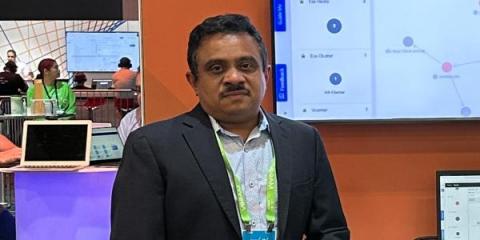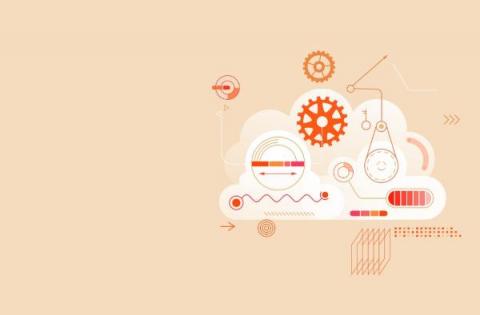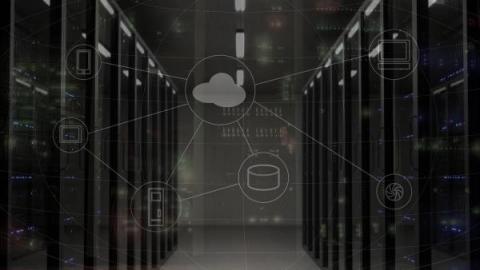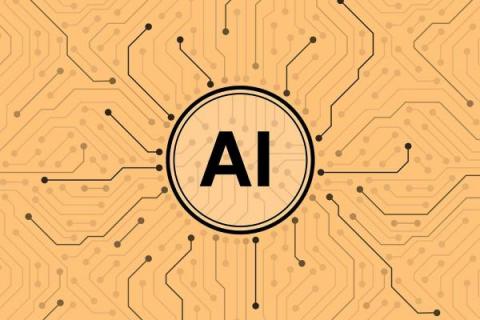My Perspective on CloudFabrix Collaboration with the Cisco Full-Stack Observability Platform
I am thrilled that CloudFabrix is a pioneering design partner for Cisco’s Full-Stack Observability Platform (FSO). The Cisco FSO Platform has been designed with a vision of providing a unified observability experience across all application and infrastructure aspects, thereby dismantling silos. The platform’s choice to adopt OpenTelemetry as the protocol for data ingestion via MELT opens up the possibility for comprehensive insights on the complete stack.











